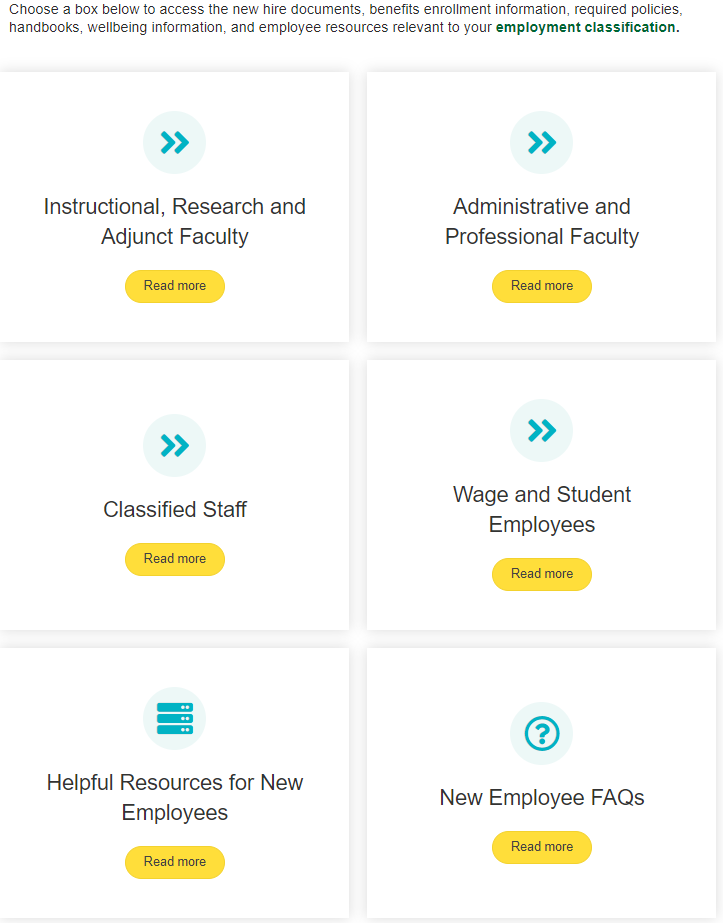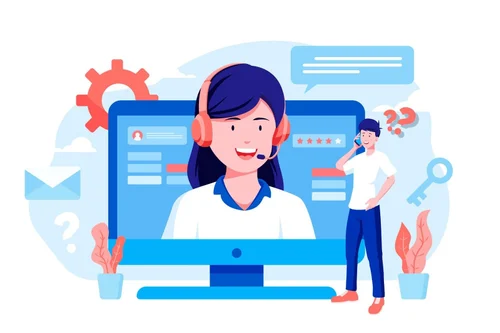
Introducing new employees to a company is critical in ensuring their success and retention within the organization.
Research by Brandon Hall Group showed that companies that provided a great onboarding experience for new employees were able to improve employee retention by over 80%. Furthermore, a Gallup survey found that employees who experienced an exceptional onboarding process were 2.6 times as likely to be extremely satisfied with their workplace as well as rate their job as "the best possible job."
With these stats in mind, it's crucial for companies to have a streamlined onboarding process to help new hires feel confident and prepared for their role.
One tool companies can use to streamline the onboarding process is an employee portal. Let's have a closer look at what an onboarding portal is and how it can improve the overall employee onboarding process.
What is an Employee Onboarding Portal?
 Example employee onboarding portal from Mason
Example employee onboarding portal from Mason
An employee onboarding portal is a software tool that helps companies centralize and manage all onboarding tasks, documents, and communication. It serves as a hub for new hires to access important information, such as company policies and training materials, and complete necessary tasks before and during their first days on the job.
The best onboarding portals offer features such as customizable onboarding checklists, company culture resources, and progress tracking for new hires. They allow for seamless communication between HR, managers, and new hires, and help new employees feel connected to the company even before their first day.
Employee Onboarding Portal vs Knowledge Management Portal
Organizations may sometimes confuse an employee portal with a knowledge management portal, but they serve different purposes. A knowledge management portal is a repository for company information and resources, and employees, customers, and partners can often access it to search for answers and solutions. These portals may contain documentation on processes, policies, training, and sales materials.
On the other hand, an employee portal focuses specifically on HR resources for the organization's employees. It may contain some of the same information that can be accessed from a knowledge management portal, however, an onboarding portal is specific to HR processes such as benefits enrollment, performance evaluations, and company culture resources.
Employee Onboarding Portal vs Employee Onboarding Software
Employee onboarding software automates HR processes such as background checks, but it doesn't necessarily provide a central location for new hires to access company information. A portal can serve as a gateway for new hires to access onboarding information and complete onboarding tasks. It can also provide long-term resources for employees.
Organizations can use both onboarding software and portals for a comprehensive onboarding experience. For example, onboarding software could automate background checks, and the employee portal can provide new hires with company documents and resources.
Benefits of an Employee Onboarding Portal
Now that we've established what an employee portal is and how it differs from other HR tools, let's explore the benefits of using one.
1. Improved Communication and Collaboration
A portal helps streamline internal communication by providing a central platform for sharing information and completing onboarding tasks. You can organize these tasks into customizable checklists, and managers and HR can track new hires' progress.
For example, a new hire can easily access and complete onboarding paperwork through the portal, and their manager can track their completion in real time. They can also use the portal to ask HR questions and receive timely responses.
2. Increased Efficiency
New hires may have a lot of information to digest during onboarding, and an employee portal can make it easier for them to access and review materials. These portals also centralize important documents in one place, so new hires don't have to waste time searching for the information they need.
This centralization allows new hires to become productive team members quickly, and companies can see a return on their investment in onboarding quickly. It also helps new employees to connect with the company culture and feel more engaged in their role by providing resources such as company values and employee testimonials.
3. Greater Employee Satisfaction
New hires with positive onboarding experience are more likely to stay with the company long-term and feel satisfied in their role. It equips them with the necessary tools and information as well as helps them feel connected to their team and the company culture.
An employee portal can also benefit current employees by providing a one-stop shop for HR resources and company information. This ease can increase employee satisfaction and retention by enabling employees to access the information and support they need. It also allows HR to streamline processes such as benefits enrollment and performance evaluations which can improve the employee experience.
4. Better Organization
An employee portal helps HR and managers stay organized during the onboarding process. As mentioned above, customizable checklists allow team members to track new hire progress and ensure they complete all onboarding tasks. It also centralizes important company information in one place, making it easy for HR and managers to access and update materials as necessary.
Task management capabilities also allow teams to collaborate on onboarding tasks and other HR initiatives. For example, HR can assign onboarding tasks to managers and track their completion in real-time to ensure a smooth process.
Quick Tips for Onboarding New Employees
We’ve done a deep dive in the following article on employee onboarding that discusses how the onboarding process sets the stage for a successful career as well as strategies that can ensure a smooth transition for new hires. However, if you're short on time, here are a few quick tips that will help you with creating a great onboarding experience for new employees.
1. Create a Buddy System
According to research by HBR, new hires with buddies were 23 percent more satisfied with their onboarding experience after their first week on the job than those without buddies. Pairing new hires with current employees with similar roles or interests can help them feel connected and supported during onboarding. Buddies can offer a valuable insider perspective on company culture and serve as a resource for concerns during the onboarding process.
2. Personalize the Onboarding Process
Every new hire has different needs and learning styles, so it's important to personalize the onboarding experience. This personalization can be as simple as providing a list of suggested reading materials or offering different format options for training materials. Gathering feedback from new hires during onboarding can also help HR tailor future processes and improve the onboarding experience.
3. Get Feedback
Collecting regular feedback from new hires during onboarding can help HR address any roadblocks or challenges they may face. It's also a valuable opportunity to gather suggestions for improving the onboarding process and ensuring a positive experience for future new hires. Consider sending surveys or scheduling check-in meetings to gather feedback during the first few weeks and months on the job.
Key Elements of Onboarding Portals
Successful employee portals require certain elements to be effective for onboarding and beyond.
Customizable Checklists
Onboarding checklists can help new hires stay organized and on track during the onboarding process, and they can also help managers and HR track their progress. Look for a portal with customizable checklists so you can tailor them to your specific onboarding process and company needs.
Access to Company Documents and Policies
New hires should have easy access to important company documents such as handbooks, benefits information, and employee agreements through the portal. This allows them to review these materials during onboarding and refer to them in the future. Include links to external resources, such as government forms and regulations, and provide comprehensive information for new hires.
Training Materials and Resources
New hires may need access to training materials and resources during onboarding. This could include onboarding or job-specific training videos, presentations, manuals, and quizzes. The portal should also include company resources such as values, culture, and employee testimonials to help new hires connect with the company culture.
Performance Tracking
A portal can also serve as a platform for performance tracking and goal setting. Look for portals that allow managers and employees to set and track goals, provide feedback, and document progress. This helps ensure new hires are on track during onboarding and beyond and improves overall employee performance and satisfaction.
Communication Tools
Effective communication is key in onboarding, and an employee portal can facilitate this by providing a platform for HR, managers, and employees to connect and communicate. Include a company intranet, messaging tools, and discussion forums so new hires can easily connect with their team and get the support they need during onboarding.
Secure Access
Ensure that the portal has secure access and data protection protocols to protect sensitive company and employee information. Security is especially important for performance tracking and accessing documents such as benefits, information or agreements to protect employee privacy. Restrict access to specific information and resources by setting permissions for different users.
How an Internal Knowledge Base Can Help
While an employee onboarding portal can streamline and improve the onboarding process, it can also have benefits beyond onboarding in improving overall employee experience and satisfaction. Complement the portal with an internal knowledge base to enhance communication and collaboration within the company.
Here's how integrating a knowledge base with your employee portal can support HR initiatives and improve overall employee experience:
- Centralized information: Employees can easily find and access important company documents, policies, and procedures all in one place. They can save time and avoid confusion to focus on their work.
- Improved communication and collaboration: A knowledge base allows for seamless sharing and collaboration on documents and projects, improving team efficiency. It further facilitates communication between employees, departments, and management to address any questions or concerns quickly.
- Enhanced training and development: A knowledge base can serve as a valuable resource for employee training and development, providing them with the information they need to learn and grow within the company. Employees can also use the knowledge base to seek additional learning and development opportunities by accessing company resources and courses.
Create a More Engaged Workforce
Employee onboarding portals are an integral tool for HR, but they can also benefit the entire company.
Integrate the employee portal with an internal knowledge base like Helpjuice to create a centralized hub for communication, collaboration, and information. Improve overall employee experience and satisfaction and cultivate a more engaged workforce. Get in touch with us to learn more about how Helpjuice can support your HR initiatives.



![Guide to Training Call Center Agents [2024]](https://static.helpjuice.com/helpjuice_production/uploads/upload/image/12982/3585033/1698261103181-call-center-agent-turnover-previous-5-years-infographic.jpg)

